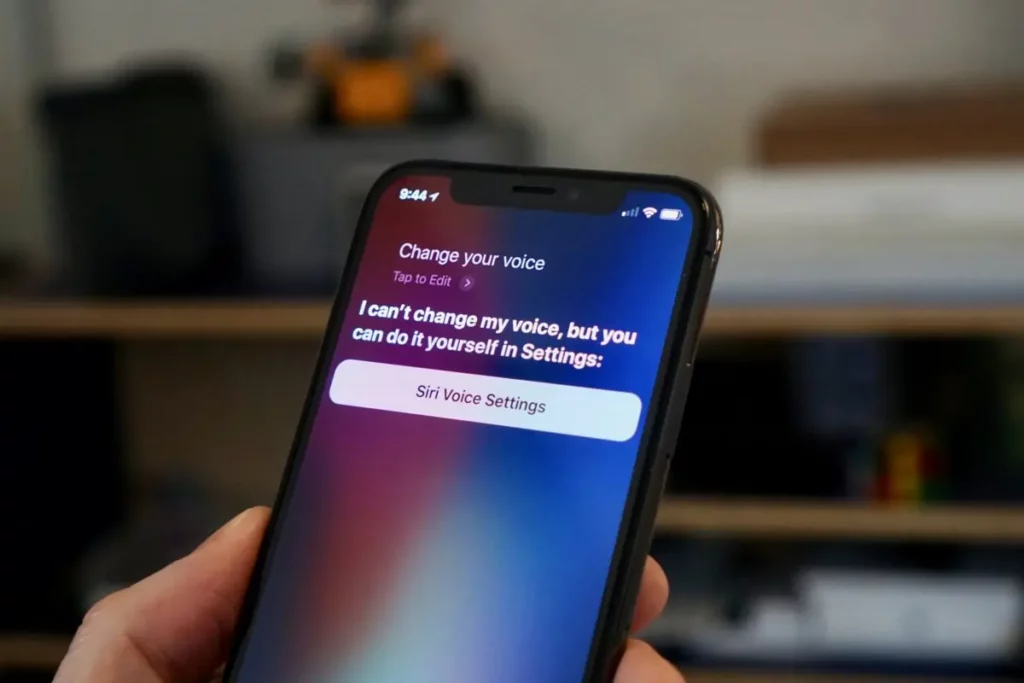We define inclusive innovation as the practice of creating products and services that are accessible and usable by as many people as possible – regardless of their age, gender, ability, or background. It focuses on ensuring that the benefits of innovation are distributed equitably and that no one is left behind. Inclusive innovation aims to bridge the digital divide, promote diversity, and address social and economic inequalities.
AI can perpetuate and exacerbate existing biases and inequalities, because of the following reasons:

Making it easier, faster and cheaper to consistently use inclusive innovation methods.
The onset of AI tools makes it possible for innovators to ensure inclusivity throughout their process – take the design thinking process as an example:
Making it easier, faster and cheaper to create inclusive products and services.
The cascading impact of AI’s role in enabling inclusive innovation not only enhances accessibility but also works towards bridging the digital divide and fostering equal opportunities.
Traditionally, launching inclusive innovations required a significant cost tradeoff – it’s often just more costly to produce and manage a product and service that is designed for inclusion. But AI changes this equation, leading to products and services that can more easily be more:
Here are 3 examples of new business ideas generated and iteratived by AI to become more inclusive- all using ChatGPT and Midjourney.

A telemedicine service offering video consultations with nurses, doctors, and specialists, which are translated in real-time into multiple languages.
The service also provides live advice to healthcare providers on how to adapt their practices to accommodate patients from diverse cultural backgrounds. Additionally, the service offers real-time sign language interpretation and closed captioning for users who are deaf or hard-of-hearing.

A mobile app that connects consumers to AI-enabled personal shopping assistants who can help them navigate around physical stores and find products suited to their needs.
The app also offers audio commands, haptic feedback, and image recognition technology to help people navigate stores, and offers on-demand video call support with an AI-enabled personal shopping assistant.

A chain of fast-casual restaurants that offer a diverse range of ethnic foods and flavours – such as rice bowls and grain bowls – using AI to create a wide variety of meal combinations from a simple selection of ingredients.
The restaurants provide inclusive seating options, such as adjustable-height tables and chairs, and braille and AI-generated audio/video menus with the ability to have the menu presented automatically in sign language. Customers get a 50% discount when paying using food stamps, more affluent customers pay more to “pay forward” cheaper meals for others.
Avoiding reinforcing biases: Be cautious about inadvertently reinforcing existing biases or perpetuating discrimination through AI systems.
Ethical data collection and use: Handle company and customer data with utmost care, respecting privacy concerns when developing AI commands and inputting data into AI systems to prioritize data privacy.
Addressing accessibility barriers: Inclusive innovation should address accessibility barriers and ensure that individuals with disabilities can fully engage with AI technologies.

Consideration of socioeconomic factors: Inclusive innovation should take into account socioeconomic factors to avoid exacerbating existing inequalities.
Continuous learning and adaptation: Inclusive innovation requires ongoing learning, adaptation, and responsiveness to evolving societal needs. Stay informed about emerging research, best practices, and user feedback.
By following these guidelines, we can collectively create AI-powered solutions that empower individuals, bridge societal gaps, and foster a more inclusive future for all.
We define inclusive innovation as the practice of creating products and services that are accessible and usable by as many people as possible - regardless of their age, gender, ability, or background. It focuses on ensuring that the benefits of innovation are distributed equitably and that no one is left behind. Inclusive innovation aims to bridge the digital divide, promote diversity, and address social and economic inequalities.
Inclusive Innovation leads to better innovations, created differently, for more equitable outcomes.
Better innovations – Innovations that meet the needs of more people – and meet those needs more effectively than innovations designed only for a narrow audience
Created differently – Innovations that are designed with and by traditionally underrepresented groups – by teams with diverse backgrounds, using inclusive design methods
More equitable outcomes – Innovations that lead to a reduction in societal harms e.g. inequality and environmental degradation – thus combatting the underlying causes of exclusion
Democratization of creativity and innovation – Innovation tools and capabilities that are more widely open and accessible – not just to companies with large research and development budgets
Most innovation projects focus on a primary target customer – that is often younger, able-bodied, affluent, professional, has access to broadband internet and is predominantly White. This often means that a number of groups of people are commonly underrepresented, a few examples include:
People with disabilities: Individuals with mobility impairments, visual impairments, hearing impairments, and cognitive impairments – looking for more accessible products and services that are designed with their needs in mind.
Low-income individuals: Individuals who are living in poverty or struggling financially – looking for more affordable and accessible products and services, as well as affordable (or free) access to resources and expertise that will help them manage their resources.
Digitally excluded individuals: Individuals who have inequitable access or lacks proficiency in using digital technologies such as smartphones or computers – looking for products and services designed for in-person access that also fit seamlessly into their consumer journey.
Marginalized communities: Individuals from diverse ethnic and racial backgrounds, as well as LGBTQ+ individuals – looking for products and services designed with their unique needs, living situations and experiences in mind.
Older adults: Individuals who are over the age of 65, whose needs are often overlooked as a result – looking for products and services that cater to the physical and mental needs that have developed as they have aged, and that help them with daily living activities.
These groups are not mutually exclusive – many people have intersectional identities that exist across these categories. Who is ‘underrepresented’ varies by industry and country – it’s important to understand who is often or likely underrepresented depending on the context.
This problem doesn’t just affect underrepresented groups. Inclusive innovations are better for everybody – it has the potential to address pressing social challenges such as healthcare disparities, education inequalities, and environmental sustainability – generating net positive utility for everybody, not just underrepresented communities.
Inclusive innovations are everywhere around us – because they serve everybody, regardless of who they are and their background.

Initially developed for the deaf and hard of hearing, closed captioning is now widely used to provide a text-based representation of audio content. It has become an essential tool for people in noisy environments, non-native speakers, and anyone who prefers to read instead of listening.

Initially developed for people with mobility impairments, voice recognition technology has become a breakthrough innovation that has made many tasks easier for everyone. For example, voice assistants like Siri, Alexa, and Google Assistant allow people to interact with technology in a more natural and intuitive way.

Initially developed to make sidewalks accessible for people with mobility impairments, curb cuts have become an essential tool for everyone, including parents with strollers, people using wheeled suitcases, and skateboarders.

Initially developed for people with hearing impairments, text messaging has become a widespread communication tool that is used by billions of people around the world.

Initially developed for people with mobility impairments, automatic doors have become a common feature in public buildings, making access easier for everyone.

Initially developed for people with visual impairments, audiobooks have become a popular format for reading books, allowing people to consume content while doing other tasks.

Get in touch with us to explore how our inclusive innovation approach merges the creative potential of AI with human ingenuity, enabling us to collaboratively make what life needs next.